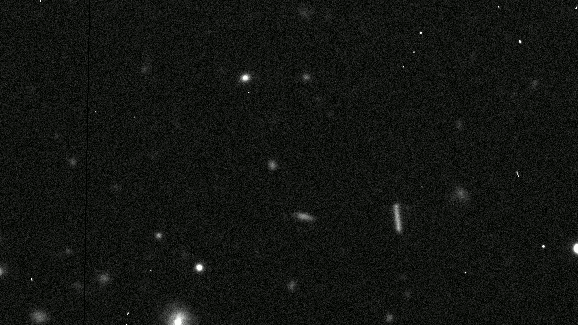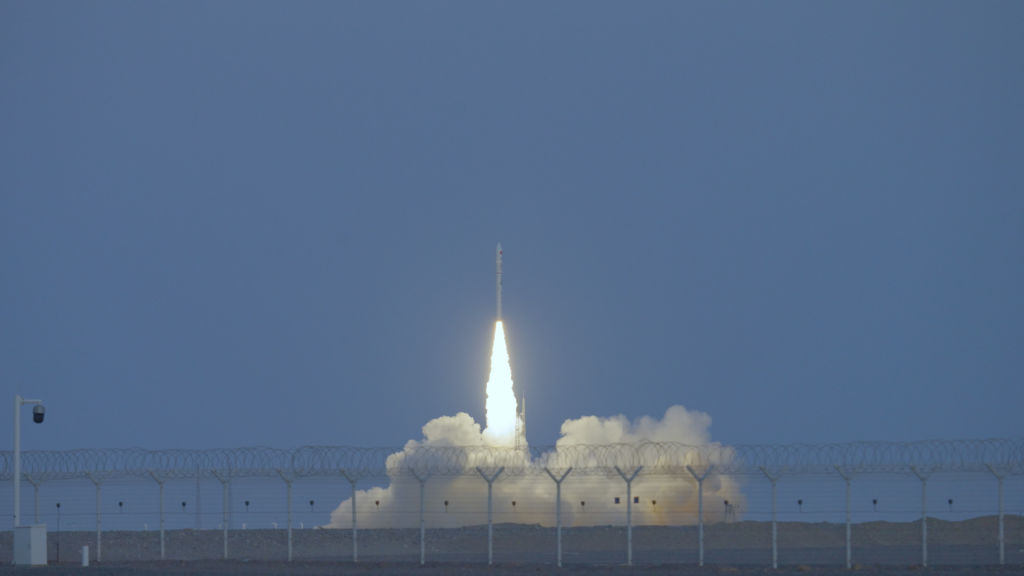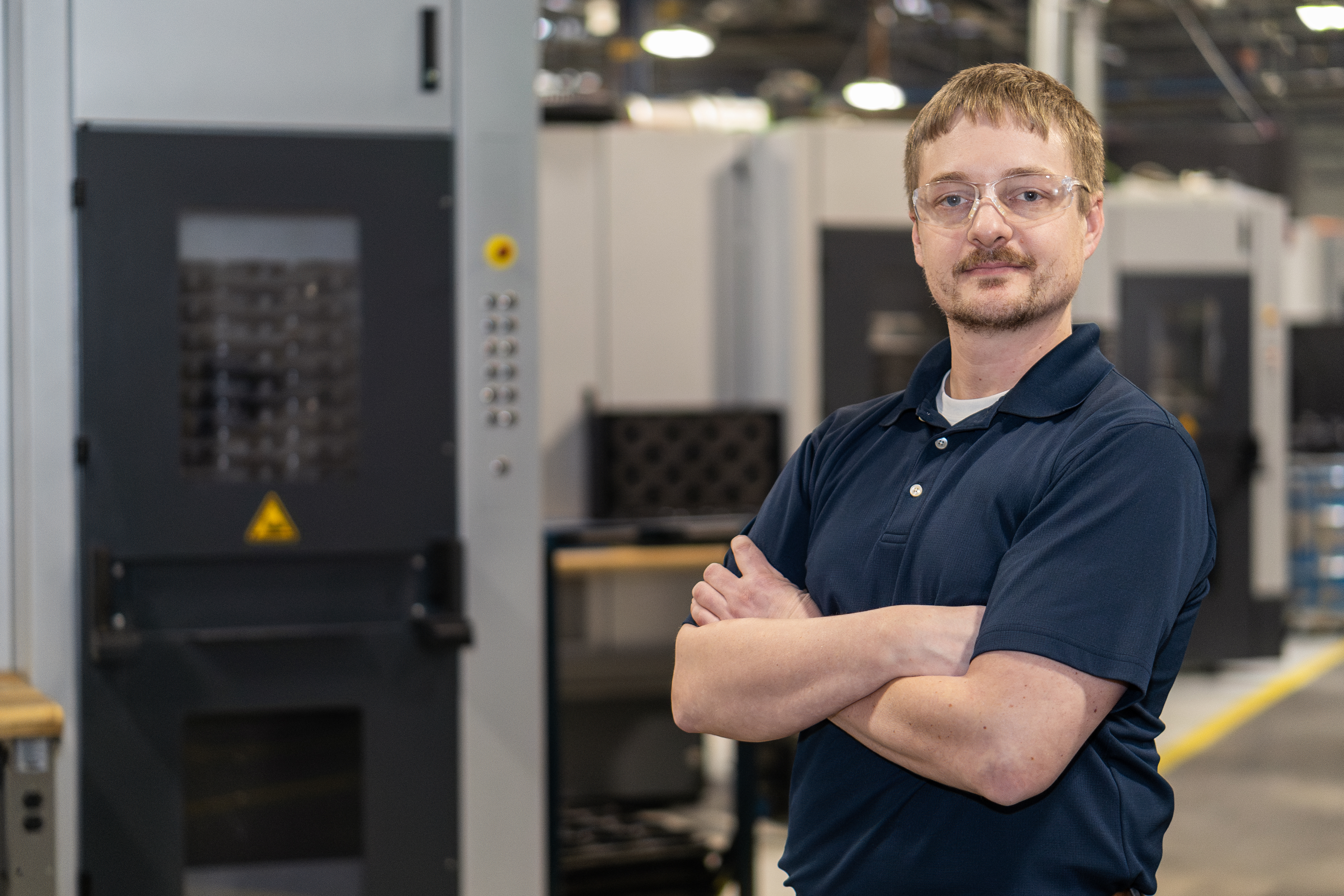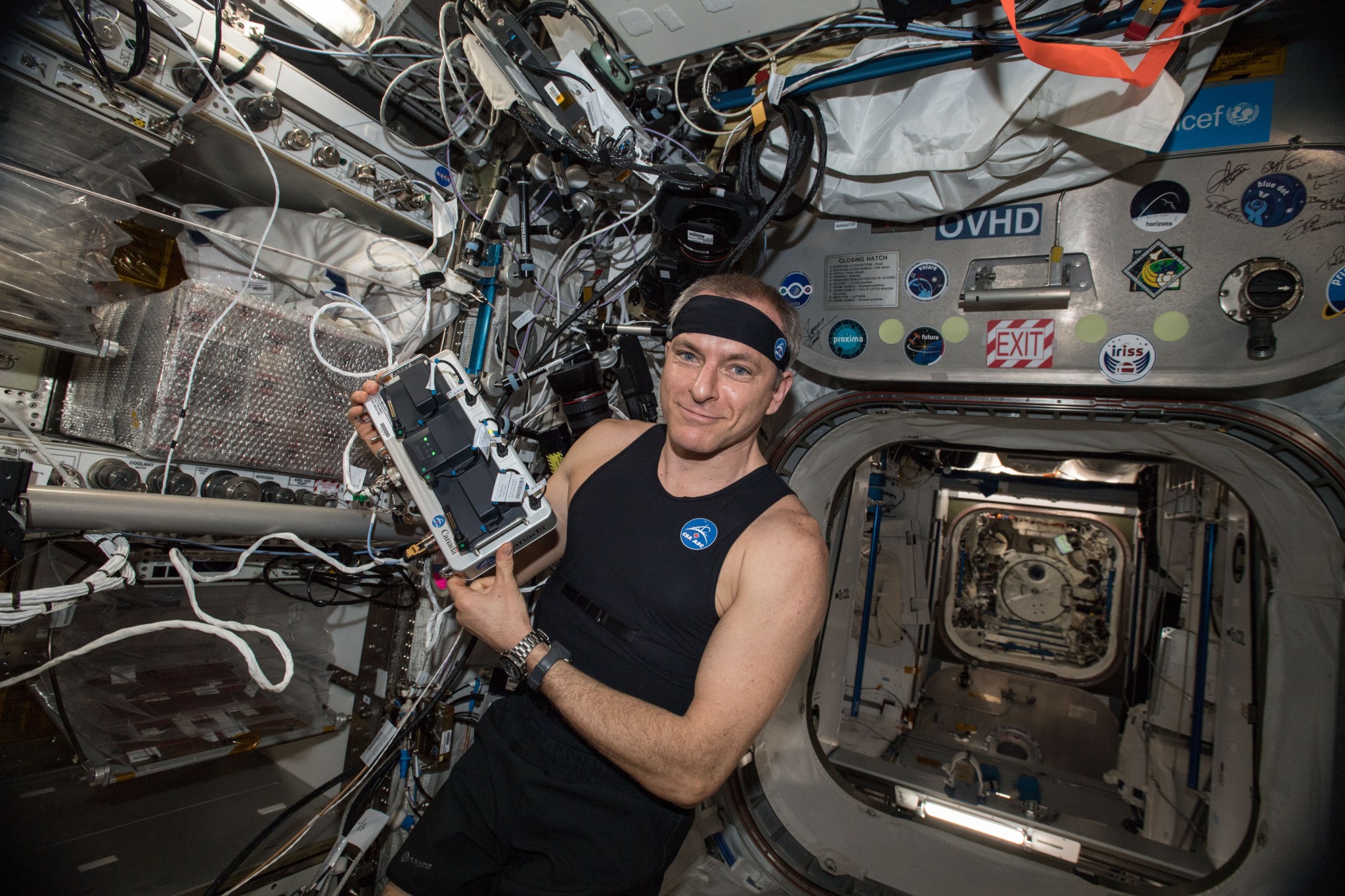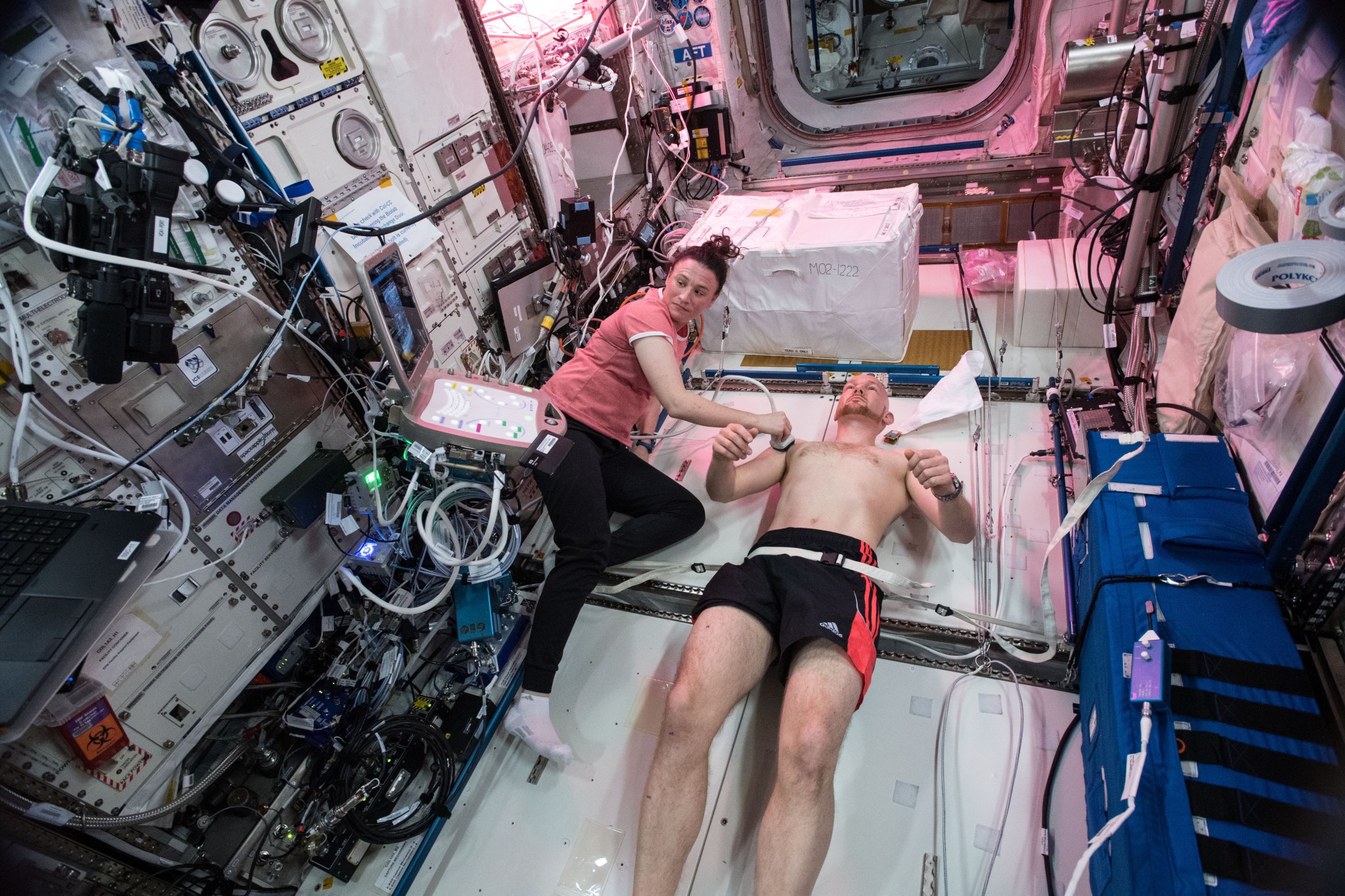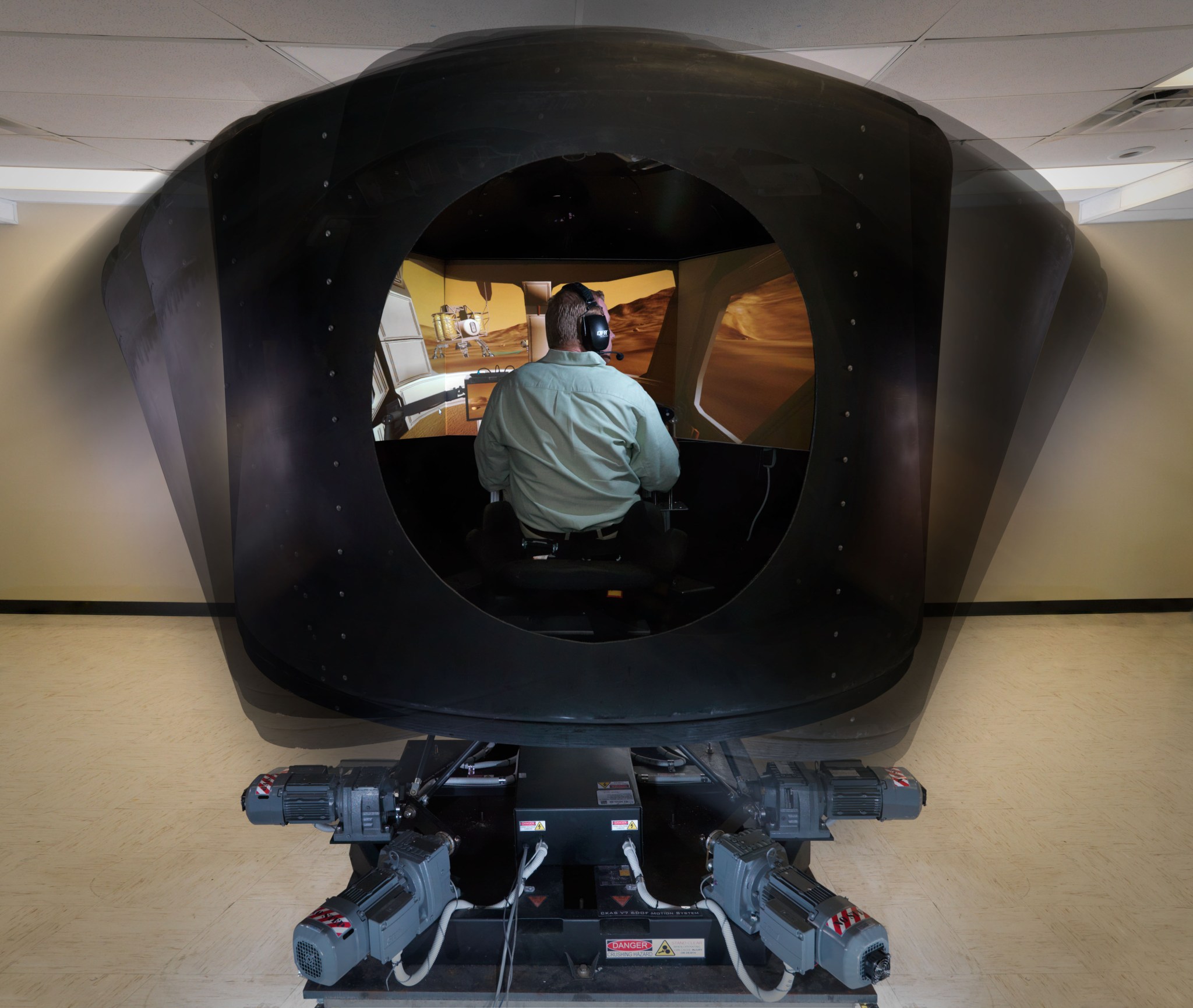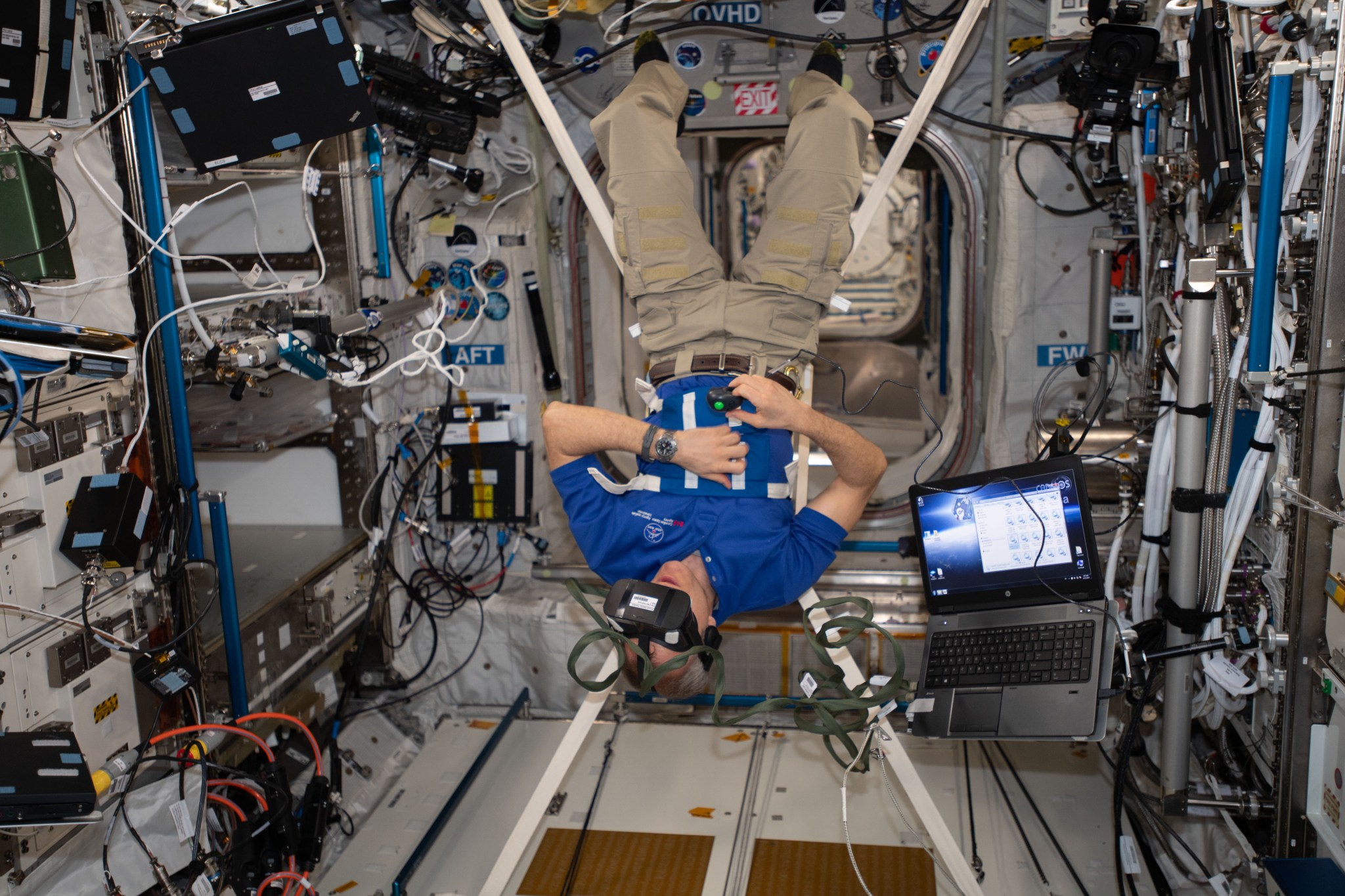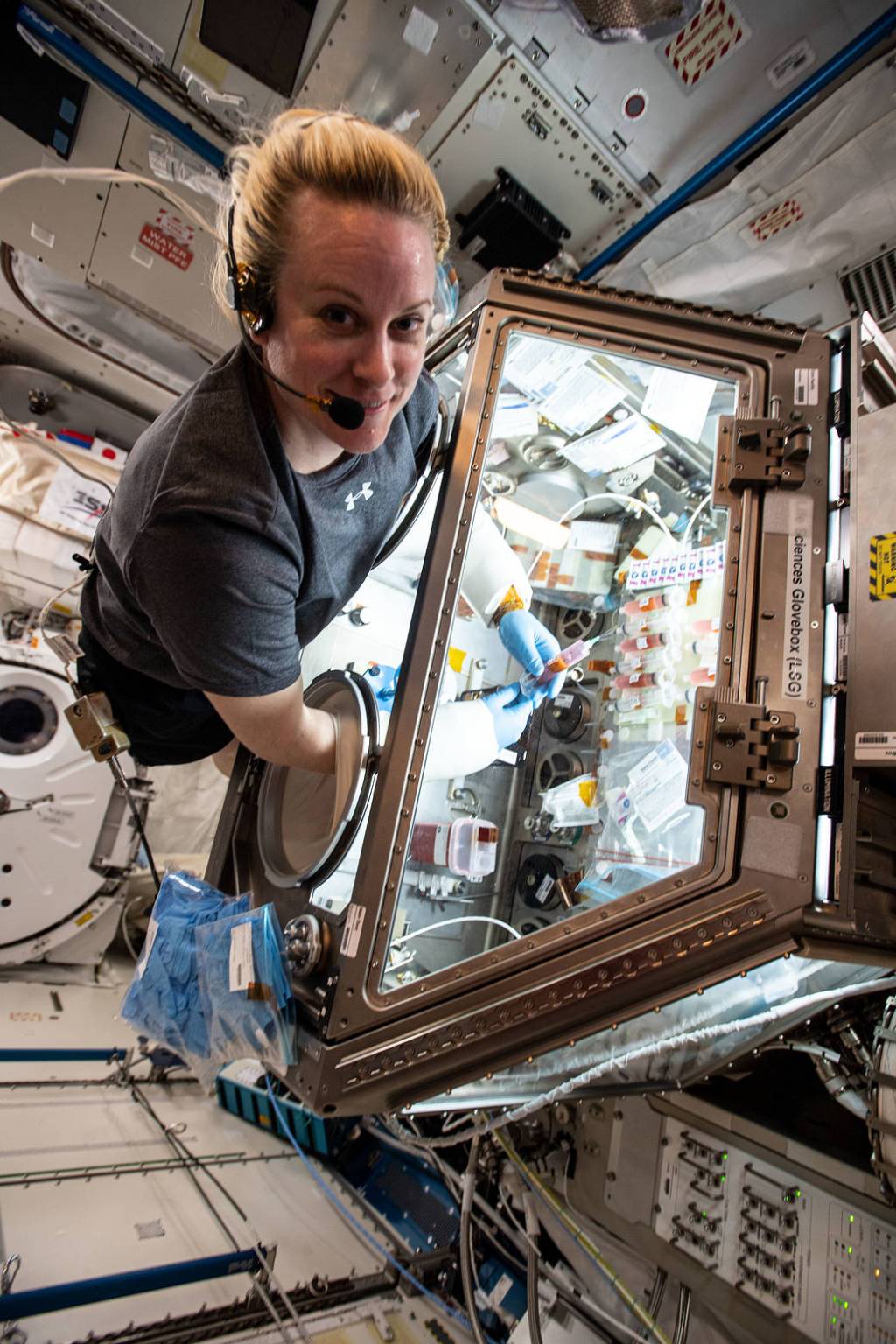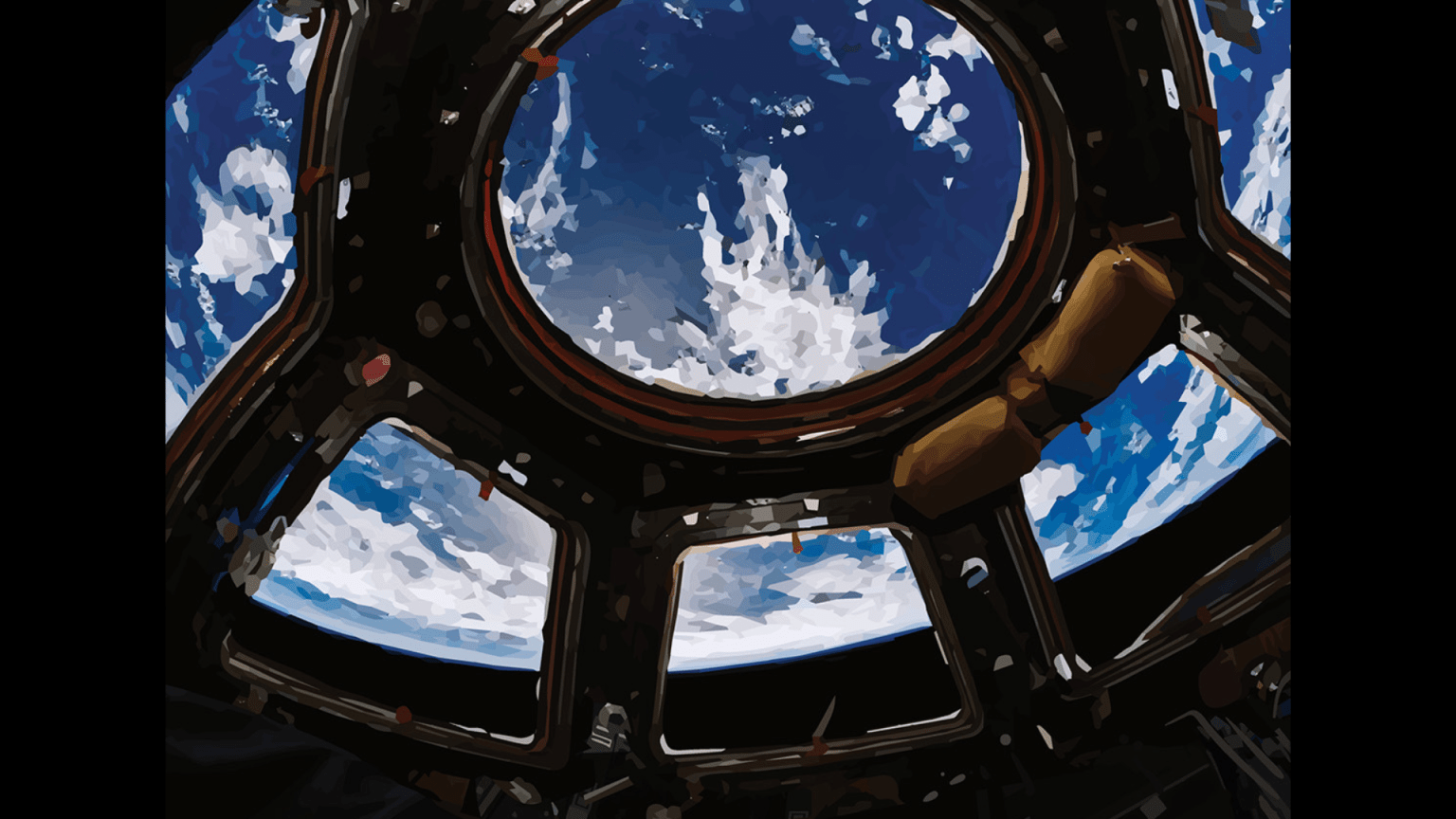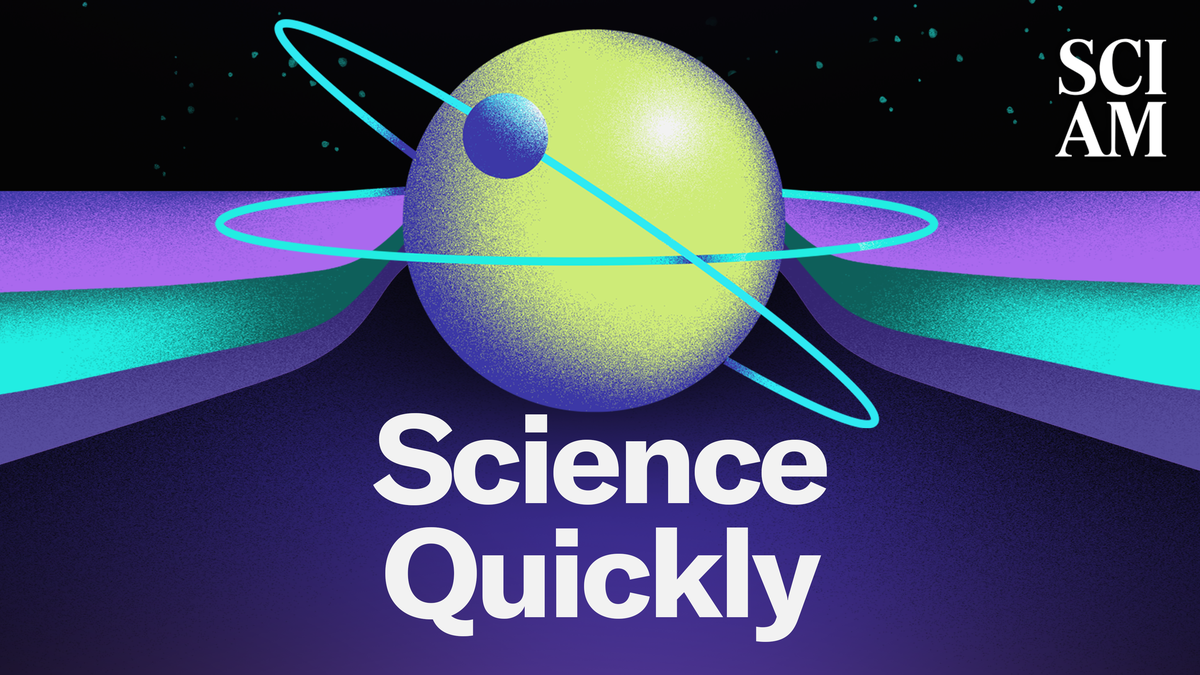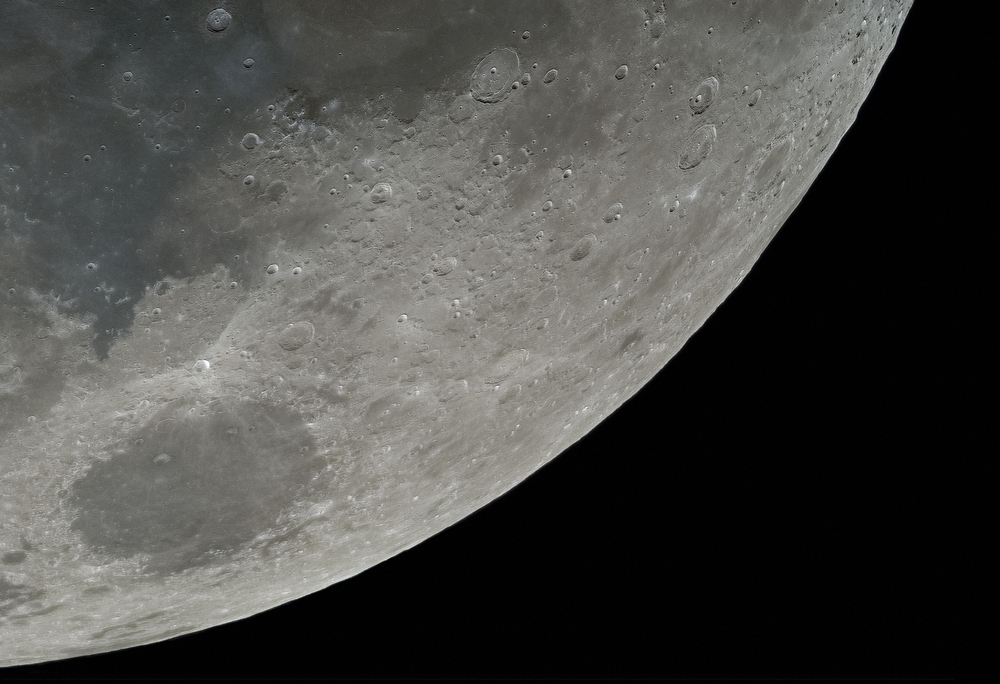Peak Performance in Microgravity
Science in Space January 2025 At the start of a new year, many people think about making positive changes in their lives, such as improving physical fitness or learning a particular skill. Astronauts on the International Space Station work all year to maintain a high level of performance while adapting to changes in their physical […]

Science in Space January 2025
At the start of a new year, many people think about making positive changes in their lives, such as improving physical fitness or learning a particular skill. Astronauts on the International Space Station work all year to maintain a high level of performance while adapting to changes in their physical fitness, cognitive ability, sensory perception, and other functions during spaceflight.
Research on the space station looks at how these qualities change in space, the ways those changes affect daily performance, and countermeasures to keep astronauts at their peak.
A current CSA (Canadian Space Agency) investigation, Space Health, assesses the effects of spaceflight on cardiovascular deconditioning. The investigation uses Bio-Monitor, wearable sensors that collect data such as pulse rate, blood pressure, breathing rate, skin temperature, and physical activity levels. Results could support development of an autonomous system to monitor cardiovascular health on future space missions. Similar technology could be used to monitor heart health in people on Earth.
Maintaining muscle fitness
During spaceflight, astronauts lose muscle mass and stiffness, an indication of strength. Astronauts exercise daily to counteract these effects, but monitoring the effectiveness of exercise had been limited to before and after flight due to the lack of technologies appropriate for use in space. The ESA (European Space Agency) Myotones investigation demonstrated that a small, non-invasive device accurately measured muscle stiffness and showed that current countermeasures seem to be effective for most muscle groups. Accurate inflight assessment could help scientists target certain muscles to optimize the effectiveness of exercise programs on future missions. The measuring device also could benefit patients in places on Earth without other means for monitoring.
Keeping a sharp mind
Research suggests that the effects of spaceflight on cognitive performance likely are due to the influence of stressors such as radiation and sleep disruption. Longer missions that increase the exposure to these hazards may change how they affect individuals.
Manual Control used a battery of tests to examine how spaceflight affects cognitive, sensory, and motor function right after landing. The day they return from spaceflight, astronauts demonstrate significant impairments in fine motor control and ability to multitask in simulated flying and driving challenges. Researchers attribute this to subtle physiological changes during spaceflight. Performance recovered once individuals were exposed to a task, suggesting that having crew members conduct simulated tasks right before actual ones could be beneficial. This work helps scientists ensure that crew members can safely land and conduct early operations on the Moon and Mars.
Standard Measures collects a set of physical and mental measurements related to human spaceflight risks, including a cognition test battery, from astronauts before, during, and after missions. Using these data, researchers found that astronauts on 6-month missions demonstrated generally stable cognitive performance with mild changes in certain areas, including processing speed, working memory, attention, and willingness to take risks. The finding provides baseline data that could help identify cognitive changes on future missions and support development of appropriate countermeasures. This research includes the largest sample of professional astronauts published to date.
Evaluating perception
Another function that can be affected by spaceflight is sensory perception, such as the ability to interpret motion, orientation, and distance. We use our visual perception of the height and width of objects around us, for example, to complete tasks such as reaching for an object and deciding whether we can fit through an opening. VECTION, a CSA investigation, found that microgravity had no immediate effect on the ability to perceive the height of an object, indicating that astronauts can safely perform tasks that rely on this judgment soon after they arrive in space. Researchers concluded there is no need for countermeasures but did suggest that space travelers be made aware of late-emerging and potentially long-lasting changes in the ability to perceive object height.
Melissa Gaskill
International Space Station Research Communications Team
Johnson Space Center
What's Your Reaction?



























